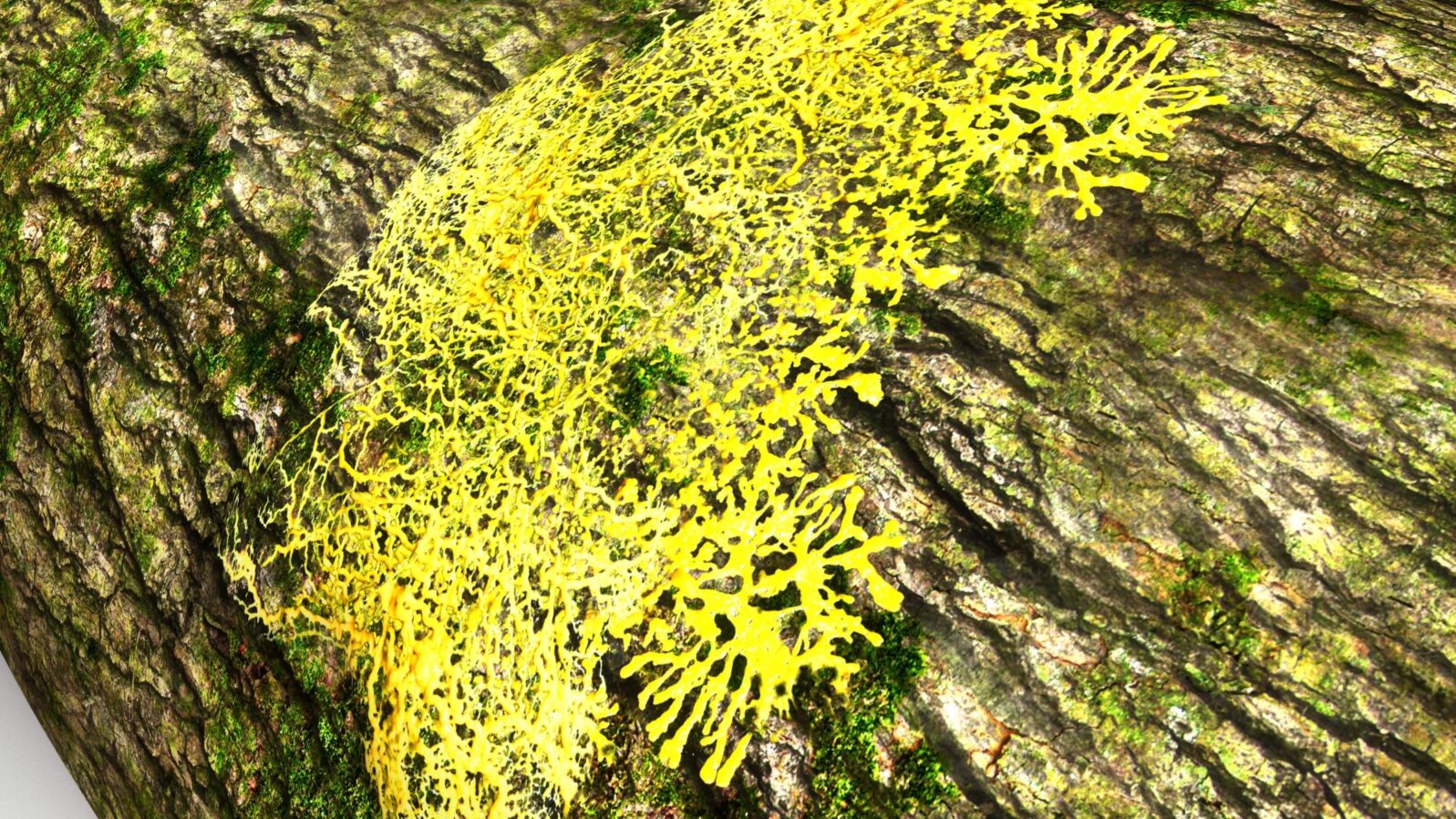Slime Mold: An Earthbound “Alien” That Thinks Without a Brain
Researchers are beginning to learn just how giant molds can remember things without a nervous system. What, exactly, is doing the computations?Turns out, it’s all in the tubes. The slime mold Physarum polycephalum is a single cell, often very large. The way Physarum gets to be so large is that when it divides, the many single cells merge into one giant cell — with no nervous system:
“Its body is a giant single cell made up of interconnected tubes that form intricate networks. This single amoeba-like cell may stretch several centimeters or even meters, featuring as the largest cell on earth in the Guinness Book of World Records.
Technical University of Munich (TUM), “A memory without a brain” at ScienceDaily (February 23, 2021) The paper is closed access.
But how does the giant Physarum cell, with no brain, mouth, limbs, or eyes, know and remember where and how to look for its natural food source, fungal spores and bacteria? While there is no central organization, a series of thicker and thinner tubes keep the parts communicating with each other, all the while undergoing swift reorganization itself. The Technical University of Munich team found that the tubes imprint chemical impressions of recent encounters:
An encounter with food triggers the release of a chemical that travels from the location where food was found throughout the organism and softens the tubes in the network, making the whole organism reorient its migration towards the food.
“The gradual softening is where the existing imprints of previous food sources come into play and where information is stored and retrieved,” says first author Mirna Kramar. “Past feeding events are embedded in the hierarchy of tube diameters, specifically in the arrangement of thick and thin tubes in the network.” “For the softening chemical that is now transported, the thick tubes in the network act as highways in traffic networks, enabling quick transport across the whole organism,” adds Mirna Kramar. “Previous encounters imprinted in the network architecture thus weigh into the decision about the future direction of migration.” …
Given the simplicity of this living network, the ability of Physarum to form memories is intriguing. It is remarkable that the organism relies on such a simple mechanism and yet controls it in such a fine-tuned manner,” says Karen Alim.
Technical University of Munich (TUM), “A memory without a brain” at ScienceDaily (February 23, 2021) The paper is closed access.
This simple system shows that life forms can keep track of information in unexpected ways, even on Earth, let alone in extraterrestrial environments we might someday encounter. Information, after all, is an immaterial quality that doesn’t change with the the methods by which it is handled.
Here’s a documentary, with transcript, on Physarum from PBS:
Note: The narrator in the first vid notes that there are two different kinds of slime mold. Physarum is a unicellular mold (it is all just one cell.) A different kind of slime mold is formed by a colony of amoebas (social amoebas) which act, for a time, as a single organism, while migrating in search of food. These molds can solve the Travelling Salesman problem that baffles computers. So, for a colony of life forms with no single brain, they are pretty smart too.
You may also wish to read: Why do many scientists see cells as intelligent? Bacteria appear to show intelligent behavior. But what about individual cells in our bodies?
